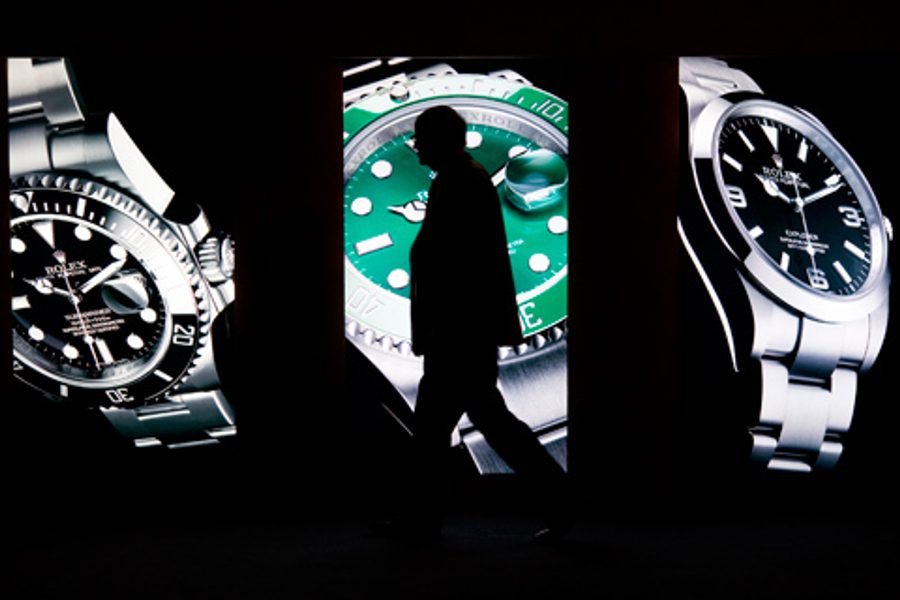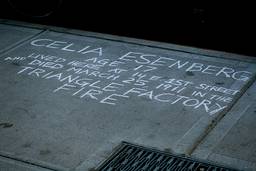
I was recently reading Richard Sennet’s book, The Craftsman, in an attempt to understand how the notion of “craftsmanship” fits into our conceptions of quality, freedom and manual labor, and was caught by the power of craft on modern culture. Products demand our attention by signifying hand-crafted production.
When we want to proclaim some material production as high art, or expensive, we call it a craft (e.g. wine making). Sennet follows a long line of thinkers who have worried about the loss of craft, or the loss of its value, in society. Many have worried that craftness keeps our society rooted in production (i.e. real production, as opposed to knockoffs).
So what does it mean to live in a society where everything, or nearly everything, is mass-produced and some of this stuff is viewed as craft? How can we become individuals, if our identity is tied up in our consumption? Can we become individuals through craftsmanship?
I am afraid that craft has lost much of its meaning today, and that most of the time it signifies high-end chic.
In his book Bobos in Paradise, David Brooks wrote about how those in the middle class pretend to be individuals through the consumption of bohemian or chic goods. He hints that what people buy when they pay for $700 jeans is an authentic experience.
So, is craft now only something that the rich, or at least upper middle class, can afford? Can workers reclaim their craft identity? Or is it lost, stolen by the middle class?








